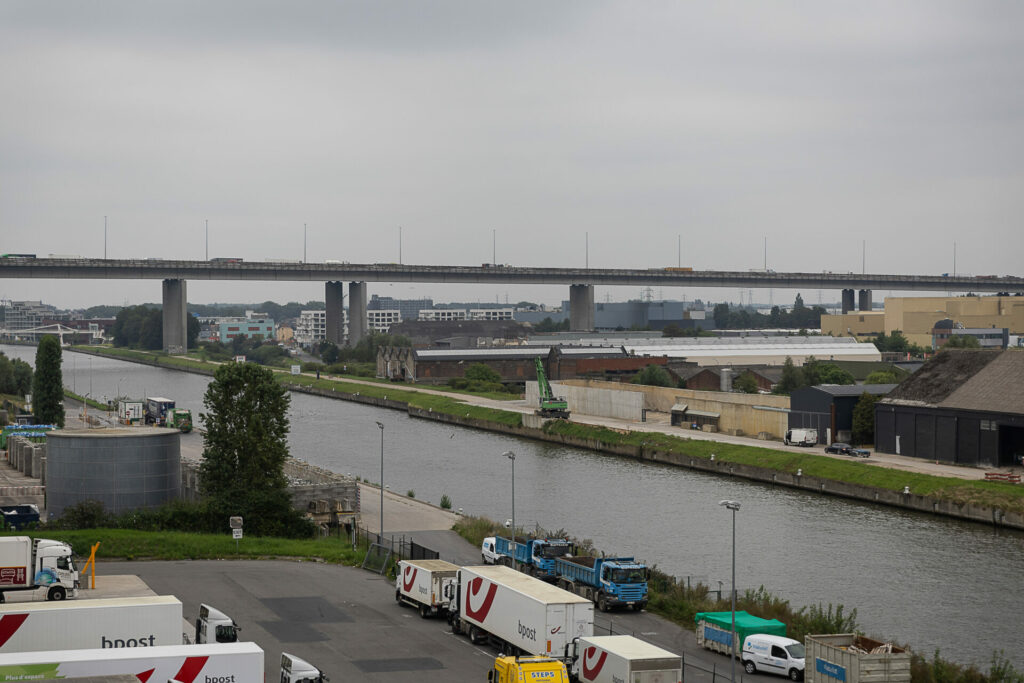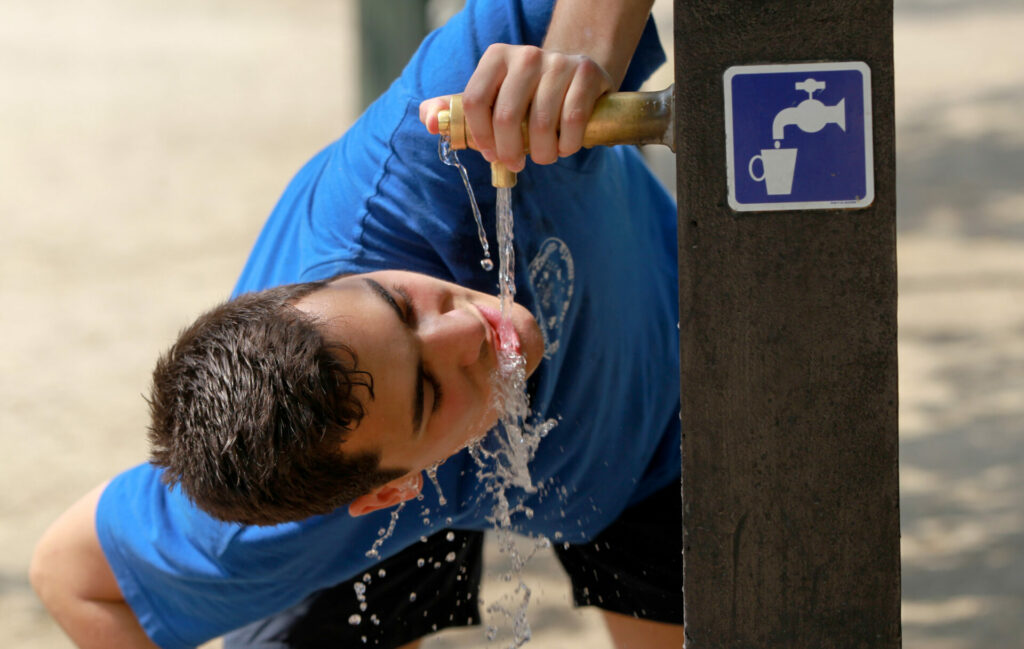Given the health impact of PFAS on humans and nature, even in smaller doses, climate activists have called on Brussels to provide more information about the presence of the "forever chemicals" in the region.
Until this month, the debate around per- and polyfluoroalkyl substances (PFAS) – man-made compounds that don’t break down in the environment – has largely been concentrated in Flanders, which has been the site of large-scale pollution of the ground near the 3M factory in Zwijndrecht. But now the issue is gathering momentum in Brussels too.
Last week, local media reported that drinking water in Halle (a town 15km south of Brussels), which was supplied with tap water that contained PFAS levels above the permitted threshold in the region in October and December 2022. Importantly, the public utility provider was Vivaqua – which also supplies tap water across the Brussels-Capital Region, drawing from the same sources.

The canal that flows south through Brussels is an active trade route running through heavy industrial areas. Credit: Belga
The revelation led opposition parties to call on Brussels Minister for the Environment, Alain Maron, to clarify the situation. Speaking at the Environment Committee in the Brussels parliament on Wednesday, Maron insisted that the future European standard (100 nanograms/litre) has never been breached for the water distributed in Brussels.
However, the non-profit organisation We Are Nature Brussels argues that the potential hazard posed by the chemicals involved mean that "the people of Brussels need complete and accurate information on the presence and treatment of PFAS in the region". The organisation was accompanied by Thomas Goorden, an activist-researcher who revealed the extent of PFAS pollution at the 3M factory.
Drinking water and the local environment
French news outlet Le Monde has mapped PFAS pollution in Europe, which highlights various PFAS pollution hotspots in the Brussels region. Several measures taken in the capital are highly polluted, though these were analyses of the immediate environment and do not mean that PFAS concentrations in tap water exceed safe limits.
For instance, a waste treatment site in the northern part of the Brussels canal recorded 32,290 ng/l in surface water; at a waste treatment site in the southern part of the canal surface water recorded levels of 53,671 ng/l. A soil sample at one of the hotspots, located near Parc Maximilien in the North Quarter, even showed levels of more than 2 million ng/l.
"What worries me most is that Brussels is also opting for the totally outdated 100 ng/l standards for drinking water. This has no ecotoxicological basis, unlike a standard based on the EFSA reference dose from 2020," Goorden explained. By comparison, in the Netherlands and Denmark the drinking water standard is 4 ng/l and 2 ng/l, respectively.
Related News
- PFAS water pollution: Environment Minister plays down 'imminent health hazard'
- PFAS water pollution: 'Standards never exceeded in Brussels,' Maron confirms
We Are Nature Brussels has submitted ten questions to Maron regarding how the region maps pollution and how its findings compare to the Le Monde research, as well as how the region will clean up the land contaminated by PFAS.
It also requested more information about the PFAS concentrations in tap water and in groundwater in the Brussels region between 2020 and 2023.
"We Are Nature Brussels is calling for these substances to be fully investigated and expects exhaustive answers to these 10 questions within 30 days."

